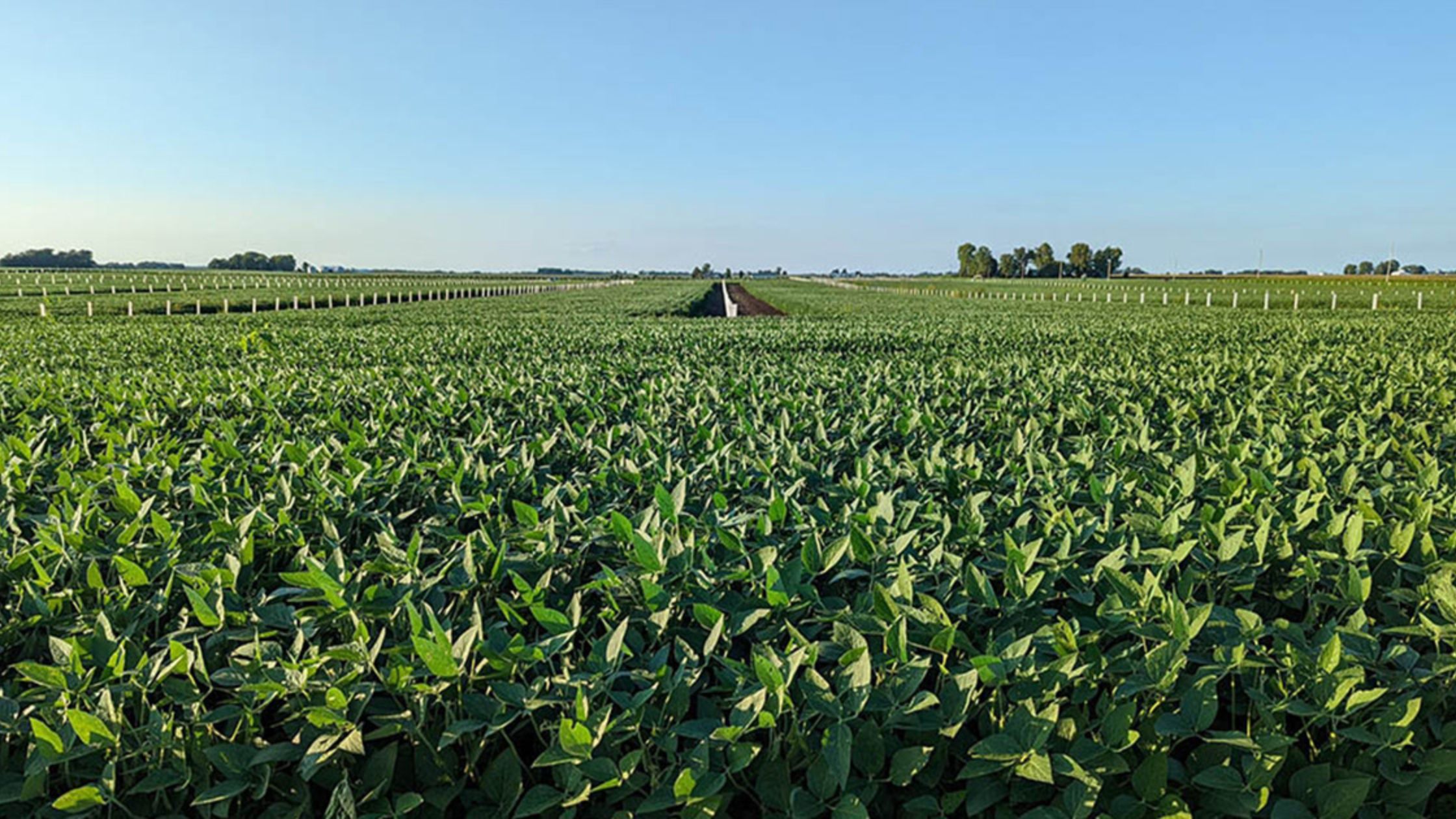The USDA Natural Resources Conservation Service is a federal agency we work with often at the Savanna Institute. NRCS is a primary federal funder of agroforestry projects in the US, and Savanna Institute’s Technical Service Providers regularly help farmers apply for financial assistance through NRCS to share costs for planting and maintaining trees on their farms.
In 2022, Congress passed the Inflation Reduction Act, which included more than $19 billion for the NRCS to invest in conservation. The investment is part of a series of US investments that signal a commitment to retooling our food system to mitigate and adapt to climate change.
The Savanna Institute was among the 458 public commenters who provided input on how the NRCS should implement the IRA funding. We believe that dedicating more resources to agroforestry will help more farmers access the support they need to diversify and fortify their farms in a changing climate. Read our public comment to learn more:
Public Comment on FR Doc # 2022-25292
Posted on Dec 20, 2022
The 2022 Inflation Reduction Act (IRA) represents a significant US investment in addressing climate change. With IRA funds, NRCS has a meaningful opportunity to invest in land-use practices that sequester carbon, and fulfill a major goal of the legislation. The Savanna Institute recommends the NRCS uses IRA funds to invest more dedicated resources into agroforestry.
Agroforestry has the potential to sequester more carbon than any other agricultural practice (Roe et al, 2021). Farmers who practice agroforestry incorporate trees into diversified cropping systems. In addition to sequestering carbon, trees offer farm ecosystems many conservation benefits: increasing biodiversity, filtering groundwater and mitigating flood damage during extreme weather events – a problem that farmers are facing regularly in the Midwest US. Common agroforestry practices supported by NRCS are silvopasture, where farmers incorporate trees into animal pasture, alley cropping, where annuals and perennials are planted in alternating rows, and riparian buffers, where trees are planted along shoreline.
Common tree crops used in agroforestry systems, such as chestnut, hazelnut, elderberry and black currant, are nutritious food sources for communities with strong market potential for farmers. Once established, tree crops can generate reliable profits for farmers. Harvesting multiple products from one piece of land also allows farmers to diversify their income streams and make their farm operations more resilient in the volatile commodity market. Agroforestry is a land-use approach that allows NRCS to meet its conservation goals while allowing farmers to keep working lands productive.
The potential for agroforestry to put our food and farming systems to work for the climate is high, but so are barriers to adoption. Establishing a tree-based farming operation is challenging for farmers within the current system. Nut and fruit trees take time to mature before farmers can begin to collect profits from their harvests. Hazelnuts and elderberry shrubs take 3 to 5 years to start producing, and chestnut trees take 5 to 10 years. This delayed return on investment makes adopting agroforestry inaccessible for many beginning and underserved farmers who have limited access to land and capital. Currently, only a small fraction of farmers practice agroforestry, in part because NRCS has not prioritized agroforestry as a conservation practice. IRA funding is an opportunity to change that and remove administrative barriers that disincentive agroforestry adoption.
Savanna Institute is a nonprofit organization based in the Midwest that offers education and technical service to people who want to add agroforestry to their land at farm scale. Demand for our technical service program continues to far exceed our capacity. NRCS can better help meet this demand and remove barriers to adoption by prioritizing agroforestry practices across the agency. The Savanna Institute recommends NRCS:
Recommendations
- Hire and develop more technical service staff knowledgeable about agroforestry to better assist farmers in adoption.
- Create dedicated funding pools for agroforestry financial assistance in every state to make sure these practices are prioritized and available nationwide.
- Increase financial assistance payments for agroforestry practices, including higher land rental payments for windbreaks and riparian buffers.
- Revise policies to allow for well-managed tree crop harvesting and permitted grazing on lands in federal conservation reserve programs.
- Fund an NRCS State Agroforester position in states targeted for adoption in the USDA Climate Smart Commodity grants.
- Support regional agroforestry centers which can serve as demonstration and education centers to encourage landowner adoption.
Agroforestry is a smart investment for NRCS. The conservation and financial benefits that come with a well-managed agroforestry system will regenerate for decades. The mission of the Savanna Institute is to lay the groundwork for widespread agroforestry so it can reach a scale where it can draw down significant carbon from the atmosphere and stabilize the climate for generations to come. We encourage NRCS to make a bold commitment to the climate and prioritize agroforestry as an agency-wide conservation practice in its allocation of IRA funding.

